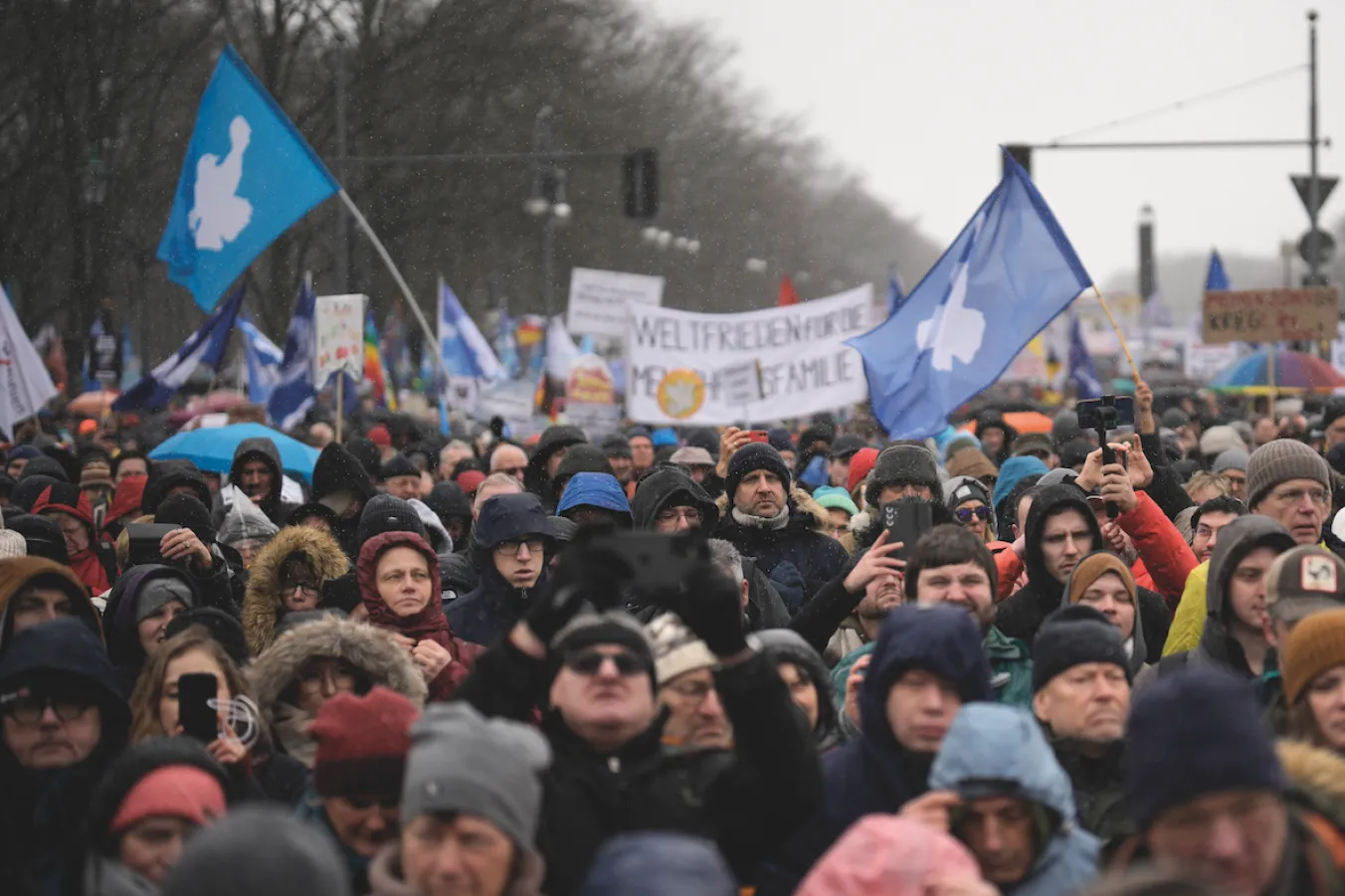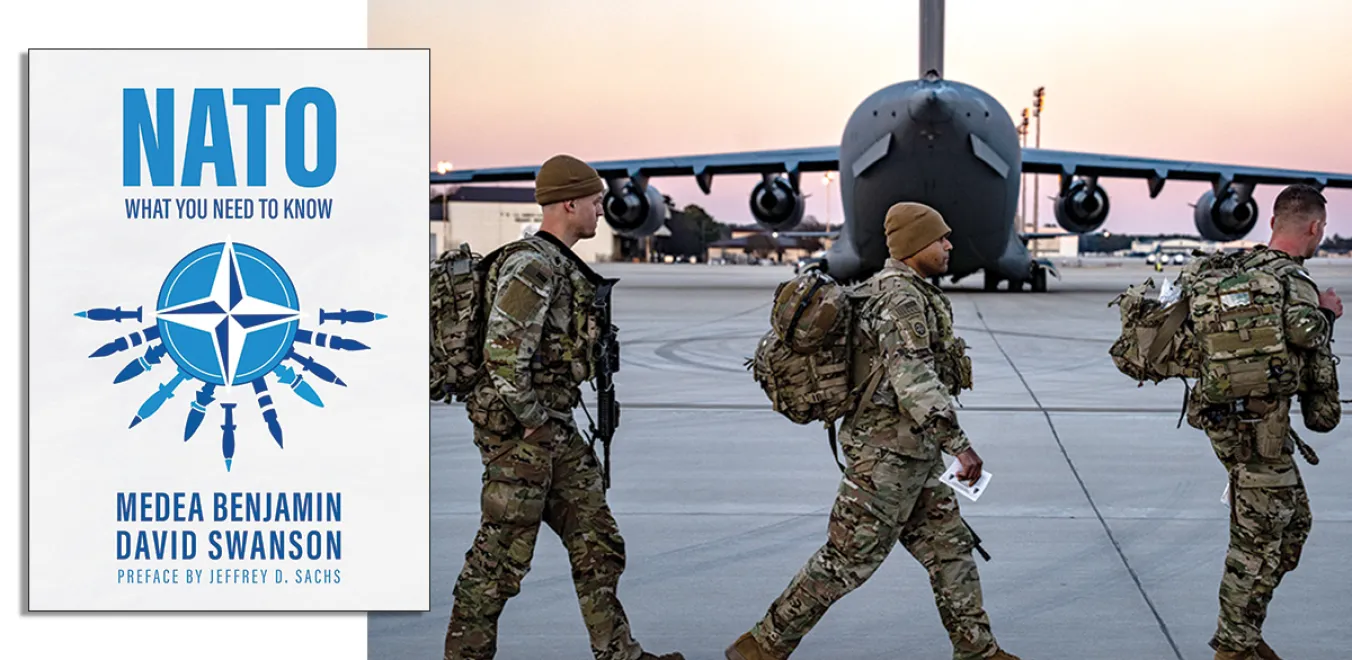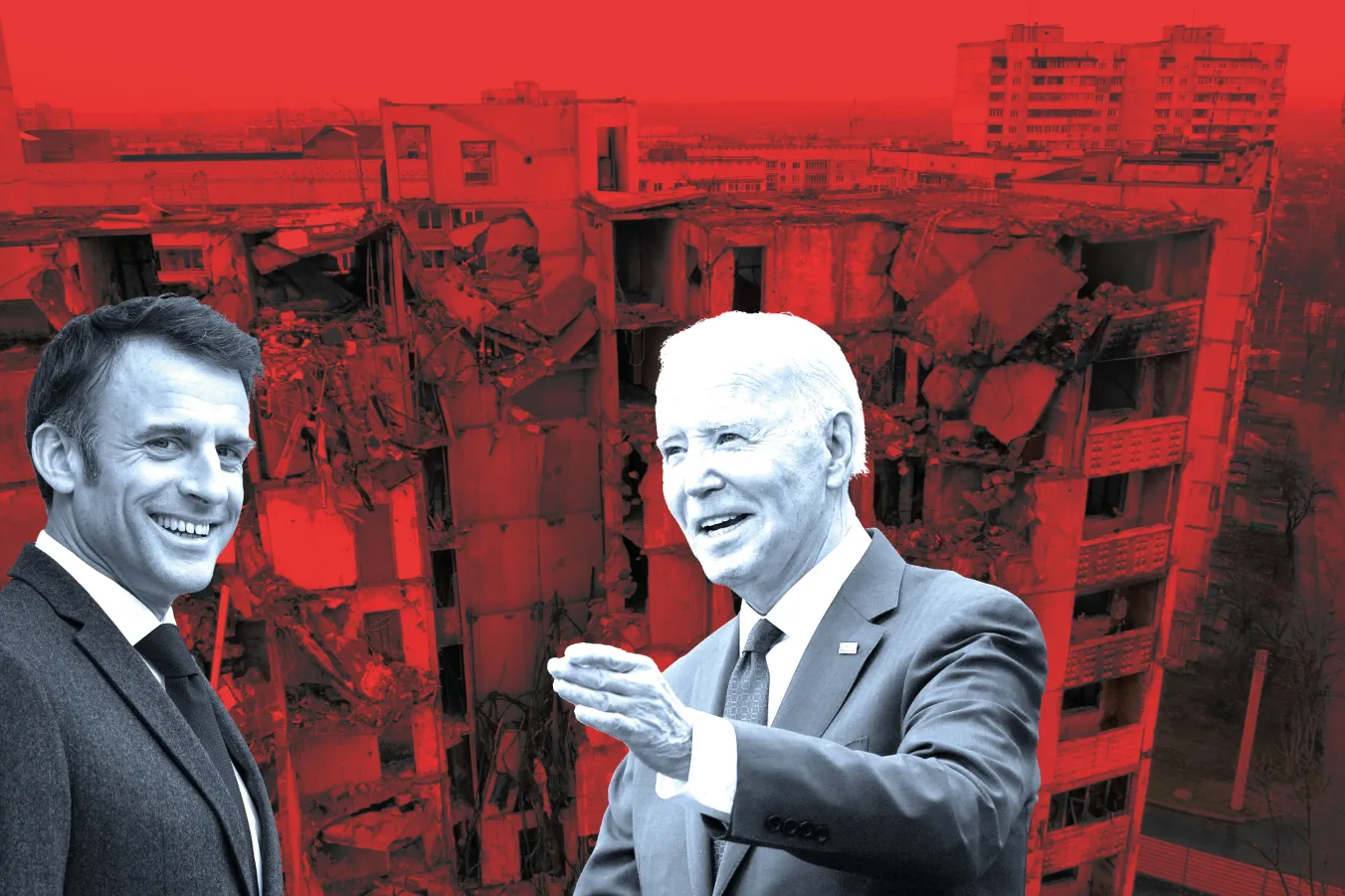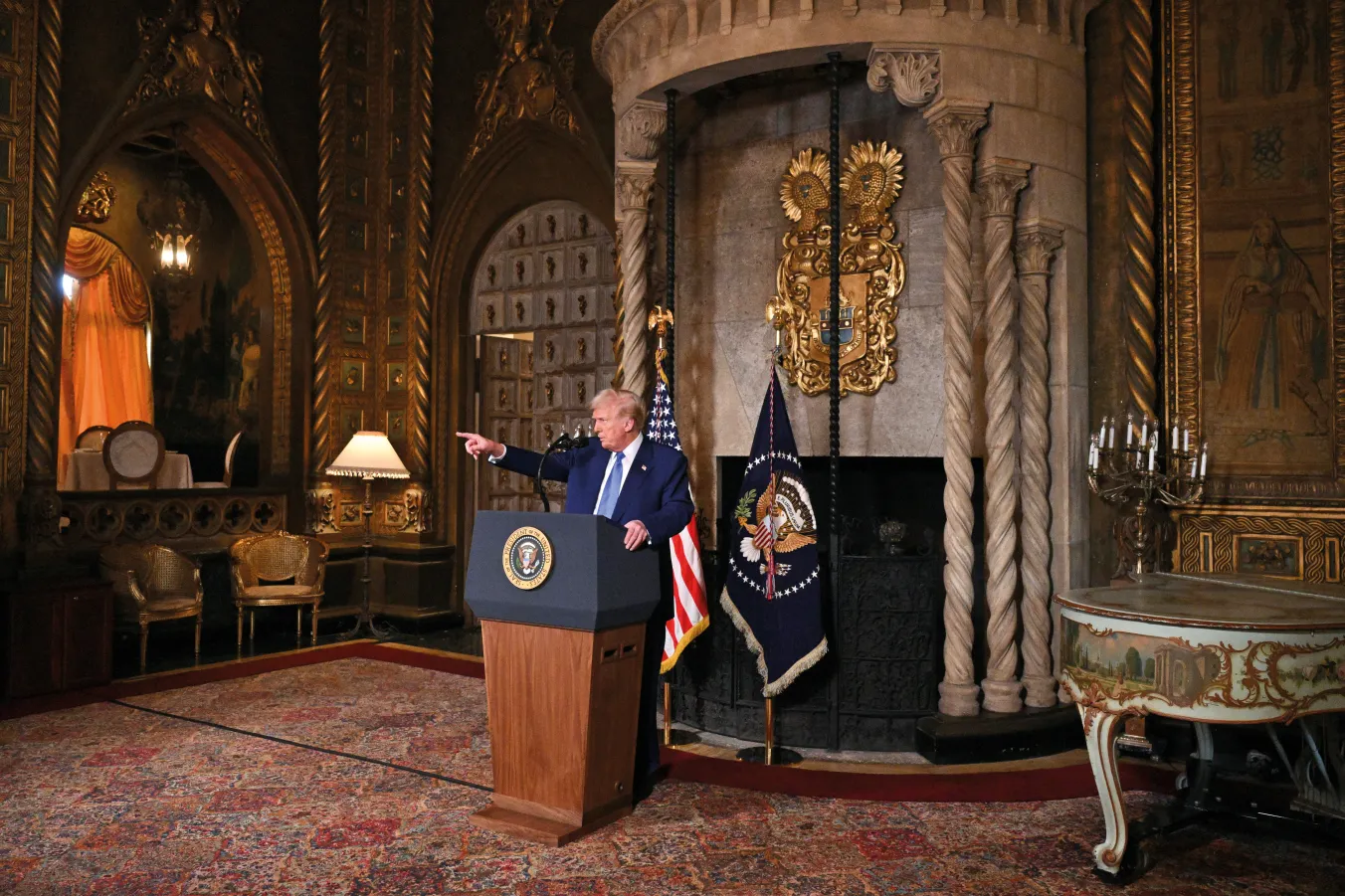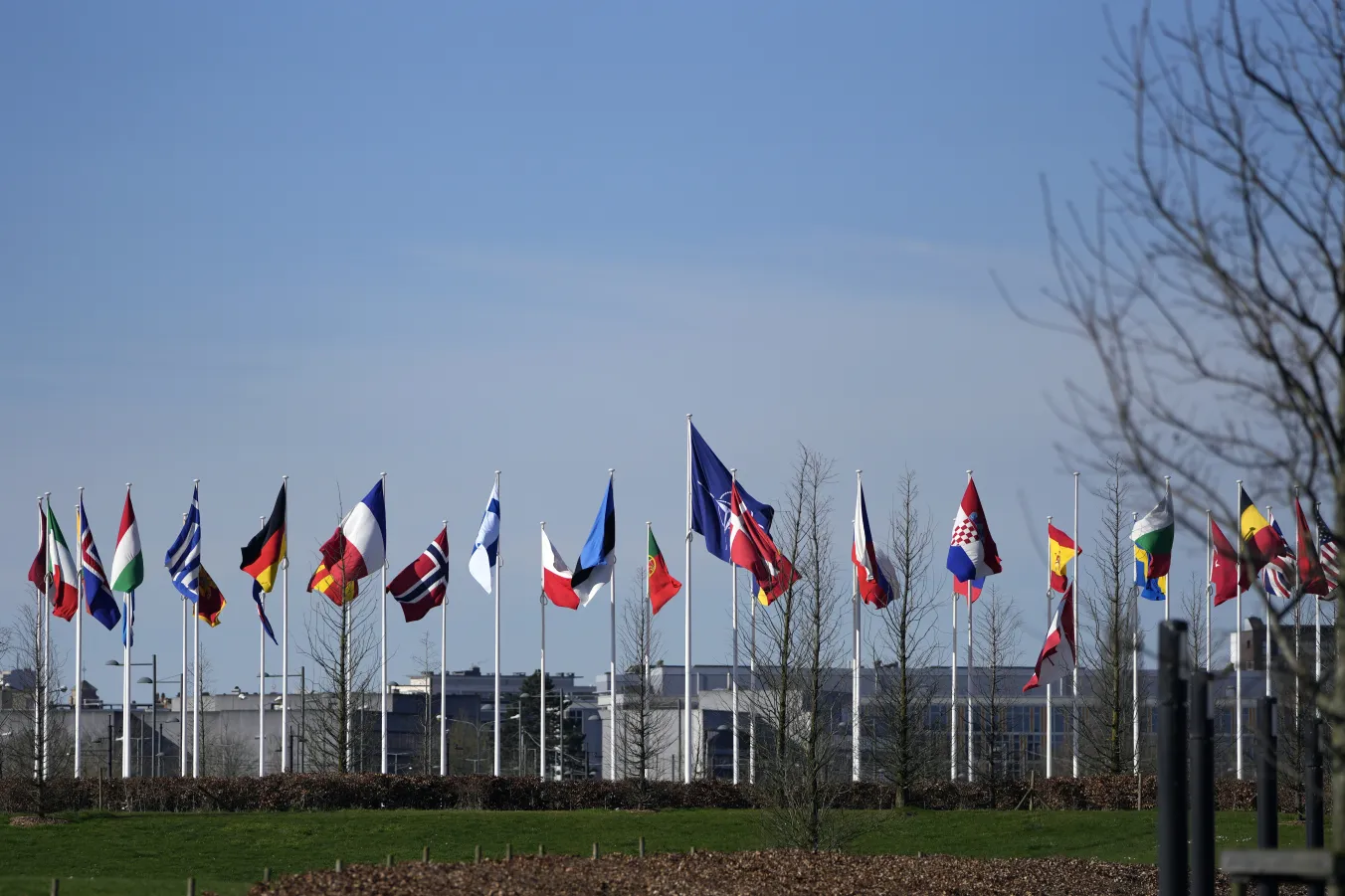
AFTER Nato’s catastrophic, illegal invasions of Yugoslavia, Libya and Afghanistan, on July 9 Nato plans to invade Washington DC. The good news is that it only plans to occupy Washington for three days.
The British will not burn down the US Capitol as they did in 1814, and the Germans are still meekly pretending that they don’t know who blew up their Nord Stream gas pipelines. So expect smiling photo-ops and an overblown orgy of mutual congratulation.
The details of Nato’s agenda for the Washington summit were revealed at a Nato foreign ministers’ meeting in Prague at the end of May.
Nato will drag its members into the US cold war with China by accusing it of supplying dual-use weapons technology to Russia, and it will unveil new Nato initiatives to spend our taxes on a mysterious “drone wall” in the Baltics and an expensive-sounding “integrated air defence system” across Europe.
But the main feature of the summit will be a superficial show of unity to try to convince the public that Nato and Ukraine can defeat Russia and that negotiating with Russia would be tantamount to surrender.
On the face of it, that should be a hard sell in the US. The one thing that most US citizens agree on about the war in Ukraine is that they support a negotiated peace. When asked in a November 2023 Economist/YouGov poll, “Would you support or oppose Ukraine and Russia agreeing to a ceasefire now?” 68 per cent said “support,” and only 8 per cent said “oppose,” while 24 per cent said they were not sure.
However, while Nato leaders hold endless debates over different ways to escalate the war, they have repeatedly rejected negotiations, notably in April 2022, November 2022 and January 2024, even as their failed war plans leave Ukraine in an ever-worsening negotiating position.
The endgame of this non-strategy is that Ukraine will only be allowed to negotiate with Russia once it is facing total defeat and has nothing left to negotiate with — exactly the surrender Nato says it wants to avoid.
As other countries have pointed out at the UN general assembly, the US and Nato’s rejection of negotiation and diplomacy in favour of a long war they hope will eventually “weaken” Russia is a flagrant violation of the “Pacific Settlement of Disputes” that all UN members are legally committed to under Chapter VI of the UN charter. As it says in Article 33(1):
“The parties to any dispute, the continuance of which is likely to endanger the maintenance of international peace and security, shall, first of all, seek a solution by negotiation, enquiry, mediation, conciliation, arbitration, judicial settlement, resort to regional agencies or arrangements, or other peaceful means of their own choice.”
But Nato’s leaders are not coming to Washington to work out how they can comply with their international obligations and negotiate peace in Ukraine. On the contrary. At a June meeting in preparation for the summit, Nato defence ministers approved a plan to put Nato’s military support to Ukraine “on a firmer footing for years to come.”
The effort will be headquartered at a US military base in Wiesbaden, Germany, and involve almost 700 staff. It has been described as a way to “Trump-proof” Nato backing for Ukraine, in case Trump wins the election and tries to draw down US support.
At the summit, Stoltenberg wants Nato leaders to commit to providing Ukraine with $43 billion worth of equipment each year, indefinitely. Echoing George Orwell’s doublethink that “war is peace,” Stoltenberg said: “The paradox is that the longer we plan, and the longer we commit [to war], the sooner Ukraine can have peace.”

